Standing Firm in the Face of Violence
With police killings of unarmed black men almost a weekly occurrence in the U.S., we must not let our trauma weaken our resolve to insist on—and organize for—racial justice.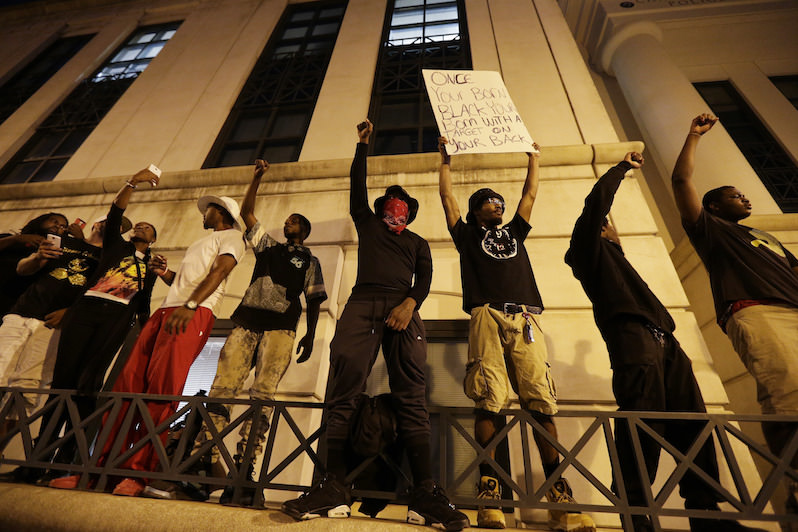
Demonstrators protest Tuesday’s fatal police shooting of Keith Scott in Charlotte, N.C. (Chuck Burton / AP)
Another week, and another unarmed black man has been shot by police, with video footage of the macabre incident available for all to view from various angles. The shooting death of Terence Crutcher in Tulsa, Okla., at the hands of a white police officer, Betty Shelby, is sickening. The footage has re-traumatized black Americans, as well as those of us non-black Americans who are paying attention.
The police are not necessarily becoming more violent. It’s just that now we are seeing the violence in all its glory, and we are seeing it before the justice system has time to catch up. Because this violence is so well-documented and has the power to shock, media outlets are paying greater attention and keeping better score of the fallen. Each death is painful, and the resulting non-indictments, as in the recent case of Korryn Gaines in Baltimore, reopen the wounds.
I recently watched a fascinating Facebook live video made by Damieon Flowers, a black man, in Wilmington, Del. Flowers had come upon two white officers confronting three black boys on their bicycles on a sidewalk. The boys looked no older than 8 or 9. As they stood pensively and wide-eyed while one officer questioned them with notebook in hand, Flowers angrily addressed the officers. As he broadcast the interaction, he yelled, “Let ’em go, they did nothing, they’re babies, man!” He advised the children, who were offering up their birthdates, to say nothing: “Y’all didn’t do nothing, matter of fact, don’t say nothing. You don’t gotta say nothing till your momma comes.” Eventually the officers allowed the children to leave, and they biked away from what was probably not their first interrogation by cops and will definitely not be their last.
In challenging the police, Flowers literally risked his life. Given the propensity of officers to claim that the unarmed black men they encounter are so threatening that they are forced to shoot, it is surprising that he walked away unscathed. But it was his reaction after the police left that I found most important. In a profanity-laced diatribe, he admitted he wanted to hit the note-taking officer, yelling into his phone, “I got so much shit inside of me, man! I was about to hit that motherfucker. Leave them kids alone, motherfucker!” To someone who has actively avoided facing the brutality of police violence, his reaction may seem overblown. But frankly, I couldn’t help but relate to his freely expressed anger and disgust.
In the context of the near-weekly occurrences of police violence, Flowers’ reaction is extremely understandable, particularly to those who are traumatized, either directly through personal encounters or indirectly through social media and news coverage, by police brutality. Psychology experts have found that “for people of color, frequent exposure to the shootings of black people can have long-term mental health effects.”
I have found that simply reporting on black deaths at the hands of police has personally impacted me, a non-black journalist. Researching and writing about the cases of Philando Castile, Alton Sterling, Tyre King, Korryn Gaines and the countless others invokes tears and rage, and sometimes an overwhelming feeling of powerlessness. It is an increasingly common trend among my friends actively engaged in the Black Lives Matter movement to talk about engaging in “self-care” on social media. The acknowledgement and sharing of collective trauma that comes from engaging in the work of racial justice is a small ray of hope in a seemingly bleak status quo. Appropriately, the same digital technologies that help us instantly capture and share injustices can be employed to soothe the pain, and, more importantly, organize to fight back.
The same technology has also helped to spread athletes’ simple yet powerful symbolic gestures by of defiance against the national anthem. The deaths of black Americans at the hands of police have inspired a growing wave of nonviolent actions, sparked by San Francisco 49ers quarterback Colin Kaepernick, who refused to stand during the anthem, which is de rigueur at sporting events. So many athletes have followed suit that the protest is even spreading to white players like soccer star Megan Rapinoe. Just as importantly, college and high school athletes are also participating, either by sitting through the anthem, kneeling or even raising their fists. These silent acts are responses to circumstances that are finally being widely seen as unacceptable. It is fitting to protest the national anthem over racial injustice. It speaks volumes about the nation as a whole having failed people of color, but in particular black Americans. The images of kneeling uniformed players are being frenetically shared on social media as a marker of the happy fact that those of us who are sick of racial injustice are not alone in how we feel. And yet there is rage among far too many Americans, not against the epidemic of racist police violence but against those who dare to protest it, trotting out the tired trope of “If you don’t like it, leave.” That exhortation by privileged Americans for protesters to leave a country that has never fulfilled its ideal of equality just adds to the pain. It reinforces the very reason for the protest.
Today the Donald Trumps, Sarah Palins and Ann Coulters of the nation are at the helm of a reactionary movement that is so resentful of the righteous anger felt by people of color that it is legitimizing the open expression of racism. Trump’s shocking popularity is one measure of resentment felt among some whites. He conveniently feeds off of their rage and scapegoats people of color in a classic bait-and-switch ploy. Instead of focusing their anger at, say, the CEO of Wells Fargo, Trump’s supporters are angry at Mexicans, Muslims, black athletes, Black Lives Matter and refugees. Instead of acknowledging that our current levels of police brutality are unacceptable, they take the side of the police and dig their heels in. Just as the U.S. government claims that anyone it kills on foreign soil must, de facto, have been an “enemy combatant,” police and their supporters assume that if the police killed you, you must have been a criminal and therefore deserved to die.
Perhaps the election of Barack Obama eight years ago will be seen in retrospect as the opening chapter in this latest American story of racial resentment. After all, Obama’s tenure, which coincided with the exponential rise in the use of social media, became a convenient vehicle for the conservative, racist right wing to focus its energy on, whether through questioning his country of birth or his allegiance to Christianity and the flag. Educated, “uppity” people of color in the U.S. are today a collective substitute for Obama, demanding equal rights when we have been expected all along to put up and shut up.
Our presidential election has become a referendum on which side will win, with a highly flawed Wall Street-loving war hawk offered up as the only alternative to Trump. Regardless of the election result, how things will all turn out depends desperately on the ability of social justice to prevail over neofascism. Those of us yearning for justice and waiting for the nation to fulfill its ideals have to brace ourselves, find time to heal from the violence of our society, and keep up the struggle. Everything depends on it.
Independent journalism is under threat and overshadowed by heavily funded mainstream media.
You can help level the playing field. Become a member.
Your tax-deductible contribution keeps us digging beneath the headlines to give you thought-provoking, investigative reporting and analysis that unearths what's really happening- without compromise.
Give today to support our courageous, independent journalists.
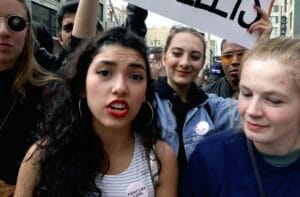
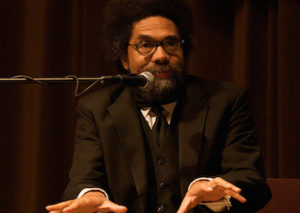
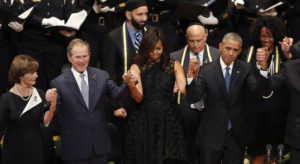
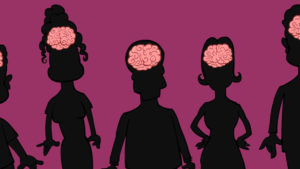
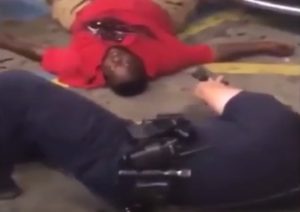


You need to be a supporter to comment.
There are currently no responses to this article.
Be the first to respond.